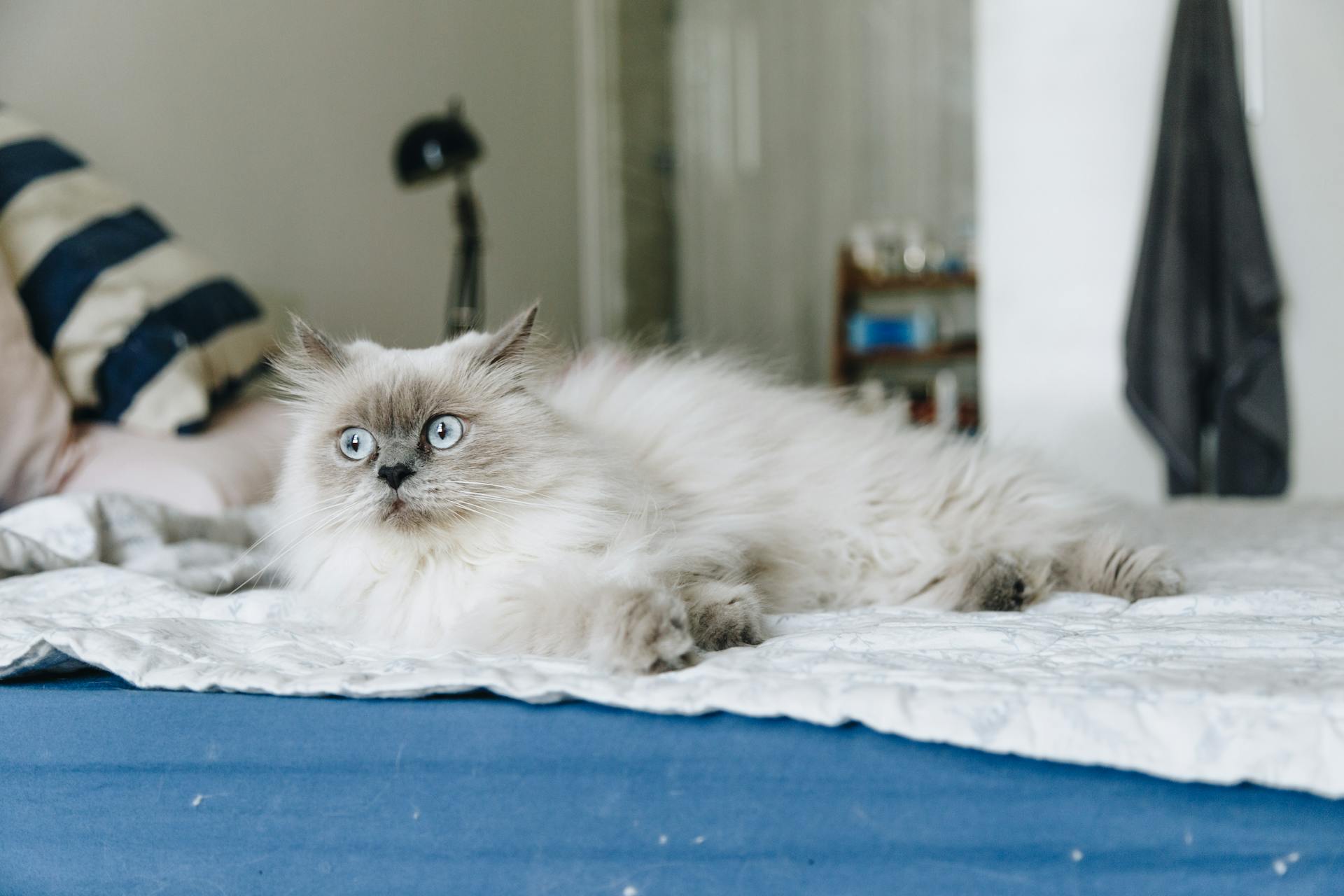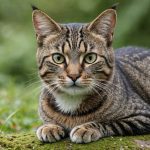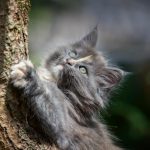Indoor cats can easily fall victim to boredom, which can lead to destructive behavior. Keeping them mentally engaged is essential for their happiness and well-being. Discover innovative activities and interactive toys that will spark their curiosity and keep their minds sharp. From DIY puzzles to sensory experiences, these creative solutions will transform your home into a playground. Unlock the joy in your cat’s life, ensuring they stay active, happy, and mentally stimulated. Happy playtime awaits!
Understanding the Importance of Mental Stimulation for Indoor Cats
Indoor cats often require mental stimulation to maintain their overall well-being. Just like their outdoor counterparts, indoor cats benefit from activities that engage their minds, helping to prevent boredom and promote happiness. Mental stimulation for cats can significantly enhance their quality of life by providing psychological benefits that are crucial for their health.
Sujet a lire : Designing a Safe and Stimulating Sensory Garden for Blind Cats to Discover the Outdoors
One of the primary advantages of mental engagement is the reduction of boredom-related behaviors. Cats that lack sufficient mental stimulation may exhibit signs of boredom, such as excessive grooming, overeating, or destructive behavior. These behaviors not only indicate a lack of mental engagement but can also lead to more serious health issues if not addressed.
Moreover, providing mental stimulation for cats is directly linked to their happiness and contentment. Engaging activities can include interactive toys, puzzle feeders, or even simple games that mimic hunting behaviors. These activities cater to a cat’s natural instincts, ensuring they remain active and mentally engaged.
Sujet a lire : Transforming Your Home for a Visually Impaired Cat: Safety Tips and Environmental Modifications
In summary, mental stimulation plays a vital role in maintaining cat happiness and preventing undesirable behaviors. By understanding and addressing the needs for mental engagement, cat owners can contribute significantly to their pet’s overall well-being and satisfaction.
Interactive Toys and Puzzle Feeders
Interactive cat toys and puzzle feeders are excellent tools for providing mental stimulation to indoor cats. These engaging play items are designed to mimic natural hunting and foraging behaviors, encouraging cats to think, solve problems, and stay active.
Types of Interactive Toys
There are several types of interactive toys available to cater to various feline preferences. Some popular options include:
- Laser pointers: These toys stimulate a cat’s hunting instincts by allowing them to chase a moving point of light.
- Feather wands: These toys mimic the movement of prey, enticing cats to jump and pounce.
- Electronic toys: These toys often move unpredictably, keeping cats engaged and curious.
Benefits of Puzzle Feeders
Puzzle feeders offer a unique way to challenge a cat’s mind while providing nourishment. They require cats to solve a puzzle or manipulate an object to access their food, promoting slower eating and mental engagement. This can be particularly beneficial for cats prone to overeating or boredom-related behaviors.
Choosing the Right Toys
Selecting the appropriate toys for your cat depends on their personality and preferences. Consider the following:
- Active cats may enjoy toys that require chasing or jumping.
- Curious cats might prefer puzzle feeders that challenge their problem-solving skills.
- Shy or timid cats may benefit from toys that allow for solitary play, like battery-operated toys that move independently.
By incorporating interactive toys and puzzle feeders into your cat’s routine, you can help ensure they remain mentally stimulated, happy, and healthy.
DIY Games and Activities
Creating DIY cat games and homemade cat toys can be a rewarding experience for both you and your feline friend. These creative play ideas not only provide mental stimulation but also allow you to tailor activities to your cat’s preferences.
Step-by-Step Guides for DIY Games
One simple game involves crafting a treat-hunting game. Scatter a few treats around the room, encouraging your cat to use its keen sense of smell and natural hunting instincts. Alternatively, create a shoebox maze by arranging shoeboxes in a pattern for your cat to navigate. Cut holes in the boxes to add an element of surprise and exploration.
Suggested Materials and Safety Tips
When making homemade cat toys, safety should always be a priority. Use non-toxic materials such as cardboard, fabric, or paper. Avoid small parts that could be swallowed. For a basic toy, consider using a toilet paper roll as a base. Fill it with crumpled paper or bells for sound, and seal the ends with tape.
Engaging Activities for Exploration
Encourage your cat to explore by setting up a DIY obstacle course. Use cushions, boxes, and tunnels to create a path that challenges your cat’s agility and curiosity. Another engaging activity is the feather chase, where you attach a feather to a string and gently drag it around for your cat to follow.
By incorporating these creative play ideas into your cat’s routine, you can ensure they remain active and engaged, fostering a healthy and stimulating environment.
Environmental Enrichment Techniques
Creating a stimulating environment for your indoor cat is essential for their mental and physical well-being. By designing a habitat that encourages exploration and engagement, you can enhance their quality of life significantly.
Designing a Stimulating Indoor Environment
To design an enriching space, focus on incorporating elements that cater to a cat’s natural instincts. Vertical space is crucial, as cats love to climb and perch in high places. You can achieve this by installing cat trees, shelves, or window perches that offer different levels for them to explore.
Incorporating Vertical Space and Hiding Spots
In addition to vertical spaces, provide hiding spots where cats can retreat and feel secure. These could be cozy beds tucked away in corners, boxes, or specially designed cat furniture. Such spaces allow cats to indulge in their instinctual behaviors of hiding and stalking, which are essential for their mental stimulation.
Role of Scents and Sounds
Scents and sounds play a vital role in creating a stimulating environment. Introducing new scents, like catnip or silver vine, can pique a cat’s curiosity and encourage exploration. Similarly, playing soft music or nature sounds can provide auditory enrichment, making the indoor environment more dynamic and engaging.
By incorporating these environmental enrichment techniques, you can create a habitat that not only meets your cat’s physical needs but also keeps them mentally stimulated and content.
Understanding Cat Behavior and Preferences
To foster a nurturing environment for your feline friend, it’s essential to grasp the nuances of cat behavior and feline preferences. By observing and interpreting your cat’s actions, you can better cater to their unique needs.
Observing and Interpreting Cat Behavior
Understanding cats begins with keen observation. Pay attention to their body language, vocalizations, and daily habits. A cat’s tail position, ear movements, and purring can provide insights into their mood and preferences. For instance, a flicking tail might indicate irritation, while slow blinking can signify affection. Recognizing these signals helps in tailoring activities that align with their comfort and interest.
Catering to Individual Preferences
Each cat has distinct preferences, especially in play and engagement. Some cats might enjoy vigorous interactive play, such as chasing feather wands or laser pointers, while others prefer quiet, solo activities like exploring a puzzle feeder. By experimenting with different toys and observing their reactions, you can identify what excites and engages them the most. This personalized approach ensures that your cat remains mentally stimulated and content.
Importance of Interactive Playtime vs. Solo Activities
Balancing interactive playtime with solo activities is crucial for a cat’s well-being. Interactive play strengthens the bond between you and your cat, providing them with the necessary mental and physical stimulation. Meanwhile, solo activities allow them to explore independently, catering to their natural curiosity and need for solitude. Understanding the importance of both types of play will help you create a fulfilling environment that respects your cat’s individual needs and preferences.
Safety Considerations for Indoor Cats
Ensuring cat safety while providing mental and physical stimulation is crucial for maintaining your indoor cat’s health and well-being. Creating a safe play environment involves several best practices to protect your feline friend from potential hazards.
Best Practices for a Safe Play Environment
To establish a secure play area, remove any small objects that could be swallowed or cause choking. Ensure that all toys are made from non-toxic materials and are free from sharp edges. Regularly inspect toys for wear and tear, replacing them as necessary to prevent injury. It’s also essential to secure cords and wires, as these can pose strangulation risks.
Identifying and Avoiding Harmful Toys and Materials
Not all toys are suitable for indoor cats. Avoid toys with small parts that can be easily detached and ingested. Steer clear of those made from materials that can splinter or break apart, such as brittle plastic. Instead, opt for durable toys designed specifically for cats, as these are typically crafted with their safety in mind.
Importance of Supervision During Playtime
Supervision is a critical component of safe play. Always monitor your cat during playtime to ensure they are interacting with toys appropriately and not engaging in risky behaviours. This vigilance allows you to intervene quickly if necessary and provides an opportunity to strengthen your bond through shared activities.
















